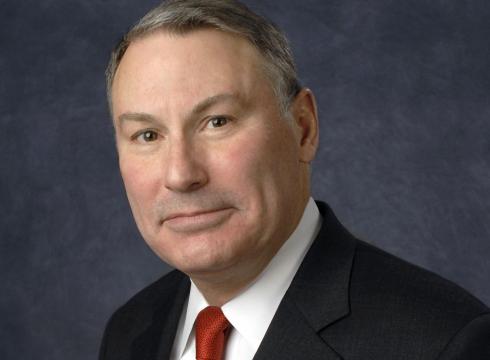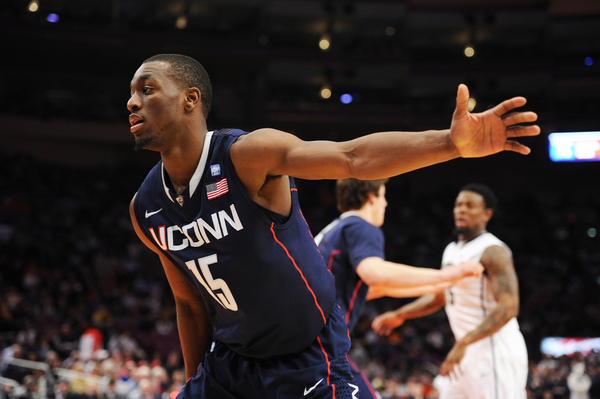Chris Johnson is an RTC Columnist. He can be reached @ChrisDJohnsonn.
At its humblest origins, the Big East was founded in 1979 behind the fundamental purpose of consolidating the East Coast’s best basketball programs into one competitive league. It began with seven members – Providence, St. Johns, Georgetown, Syracuse, Seton Hall, Connecticut and Boston College – and within the next three years added Villanova (1980) and Pittsburgh (1982). While some of that founding core remains, conference realignment has caused massive changes to the league’s membership. Most of the league hopping – almost all of which can be attributed to football-motivated decisions – has taken place in the 21st century. The latest move saw Notre Dame, who housed its basketball and Olympic sports in the Big East but kept its football independence, declare its intentions to join the ACC. There is no timetable yet for the Irish’s move, but for an athletic program as proud and as financially-supported as Notre Dame, there’s little chance school administrators will linger around in Big East territory for any extended context, even if leaving requires a hefty exit fee. As currently constructed, the Big East will feature a 15-team hoops league in 2012-13. Two years from now, when all the realignment pieces are settled into their new homes, the league will field a decidedly different blend of disparate programs. The hectic realignment frenzy of recent years forced me to research the Big East’s jumbled future membership, an exercise that left me nostalgic about the endless hoops drama the league has produced and discouraged for a bleak future.

A reckless compilation of new programs, the Big East was assembled so that Aresco could present an appealing package to prospective media rights negotiatiors (Photo credit: John P Filo/AP Photo).
Starting in 2013, this is the mixed bag of hoops castoffs the Big East will proudly own: Cincinnati, UConn, Villanova, Georgetown, Providence, Seton Hall, St. John’s, Rutgers, DePaul, Louisville, Marquette, South Florida, Temple, Houston, SMU, UCF, and Memphis. That’s assuming Louisville or UConn or Villanova or any other programs that could fill a potential future opening in the ACC (if Notre Dame joins as a full member, or if commissioner John Swofford looks to add a 16th basketball-only member) don’t jump ship before then. It’s hardly the grizzled band of geographically-fitting programs we once knew, the one with the hostile rivalries and legendary coaches and highly-appealing hard-nosed brand of hoops. But it’s merely life in the new Big East, the latest example of the detrimental and usually unintended byproducts of conference realignment. A league brought together for basketball purposes was largely undone by the allure of football money. Lest I digress on the evils of conference realignment (a column for another day), the reality – that the Big East, from a basketball standpoint, is now a shell of its former self – warrants a reassessment of the league’s power structure and its future standing among other power conferences. SI.Com’s college hoops’ analytical extraordinaire, Luke Winn – in response to new Big East commissioner Mike Aresco’s comment that, despite realignment-related losses, “We’re still the strongest top-to-bottom basketball conference in the country” – quantified the Big East’s realignment efficiency rate and found the reconfigured league to be the “weakest top-to-bottom major conference, not the strongest.”
Read the rest of this entry »













































